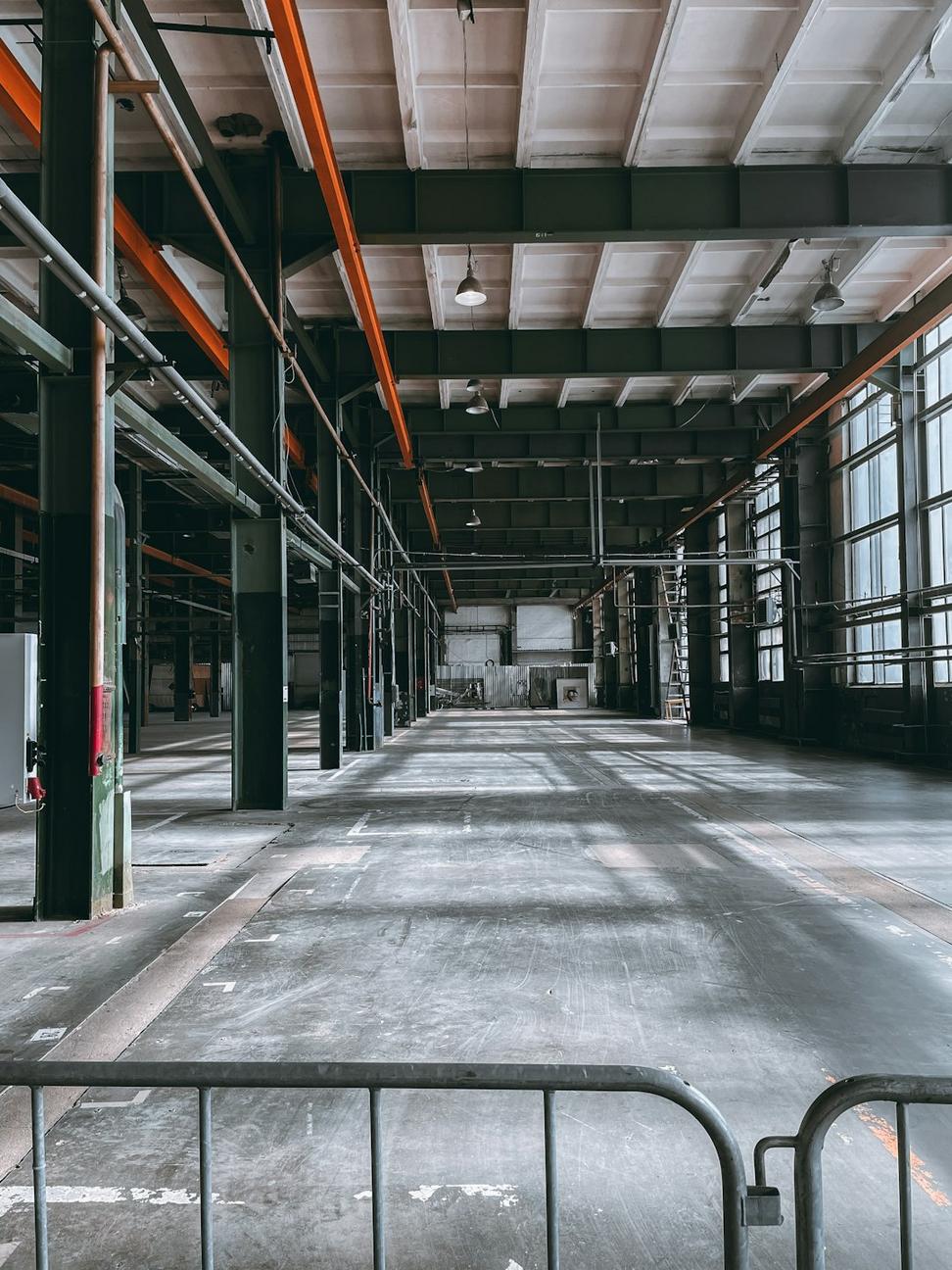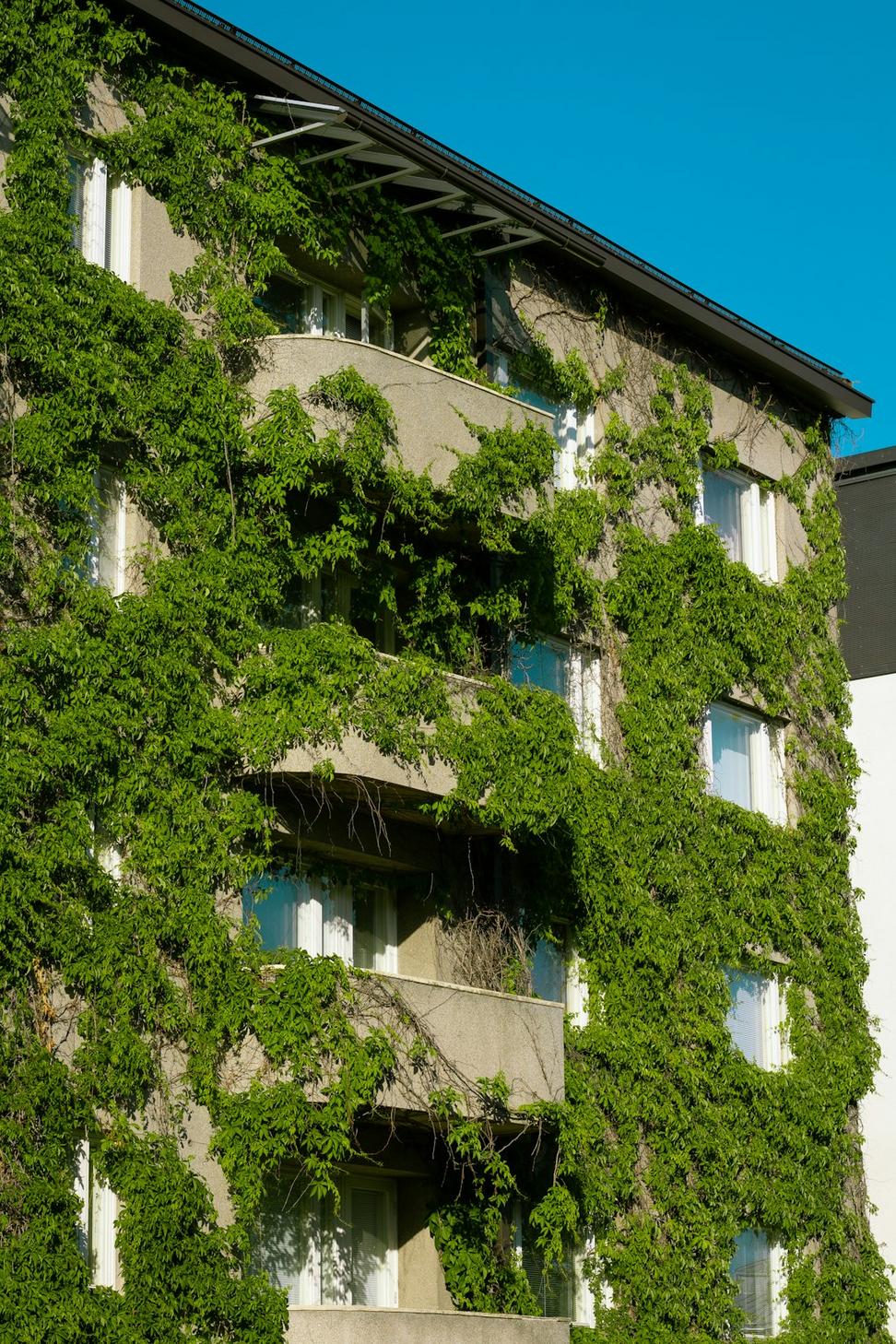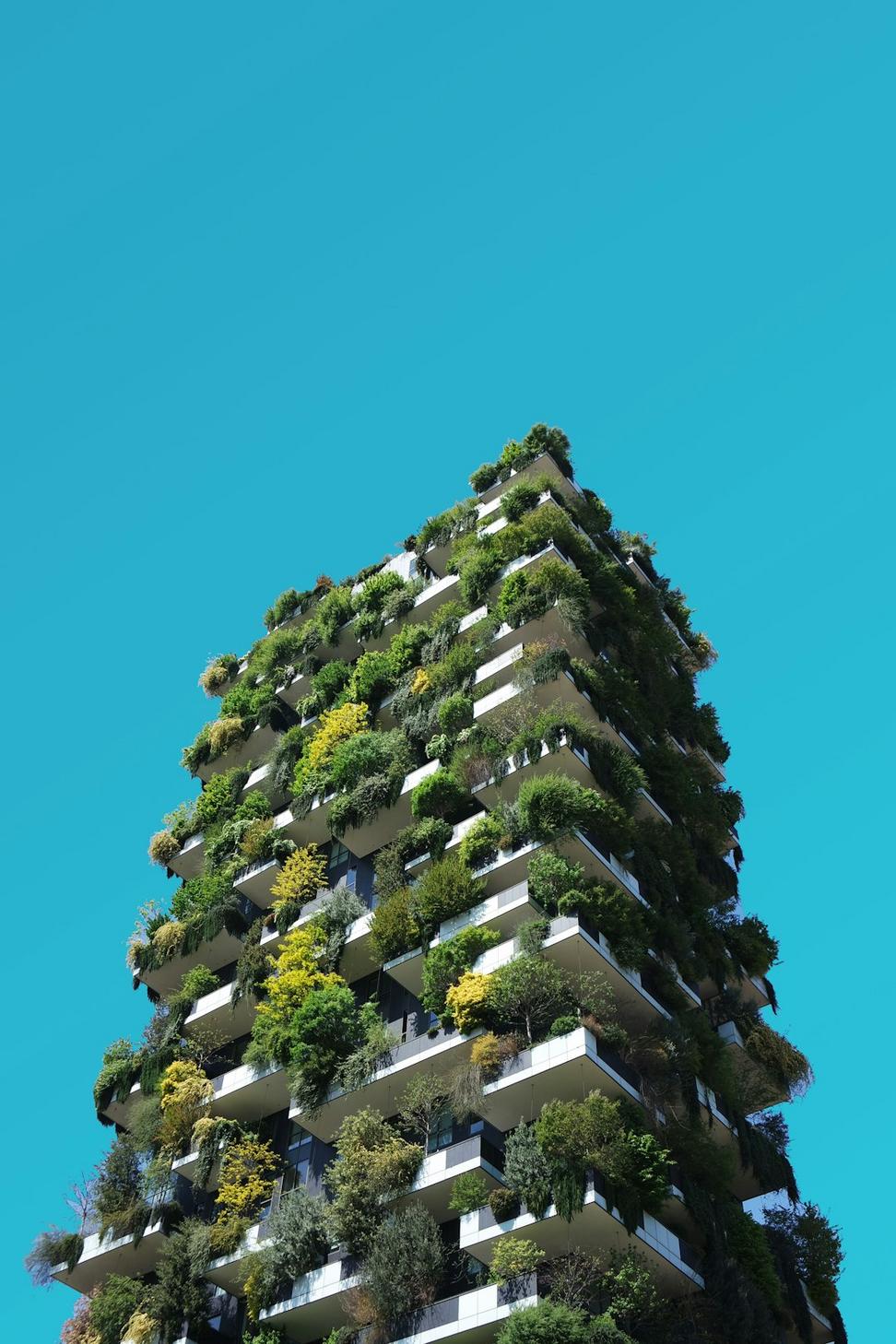
The Reality Check
After fifteen years working on industrial buildings and heritage restorations across BC, I've learned that sustainability isn't about checking boxes or slapping solar panels on everything. It's about understanding what a building actually needs and what it can realistically deliver.
Sometimes that means keeping a 100-year-old concrete foundation instead of pouring a new one. Sometimes it's convincing a client that triple-pane windows aren't overkill in Vancouver's climate. And yeah, sometimes it means saying no to ideas that look great on paper but won't survive their first winter.
We've screwed up, learned from it, and built our approach from those lessons. That's the honest truth of it.

